PAUL GAUGUIN (1848-1903)

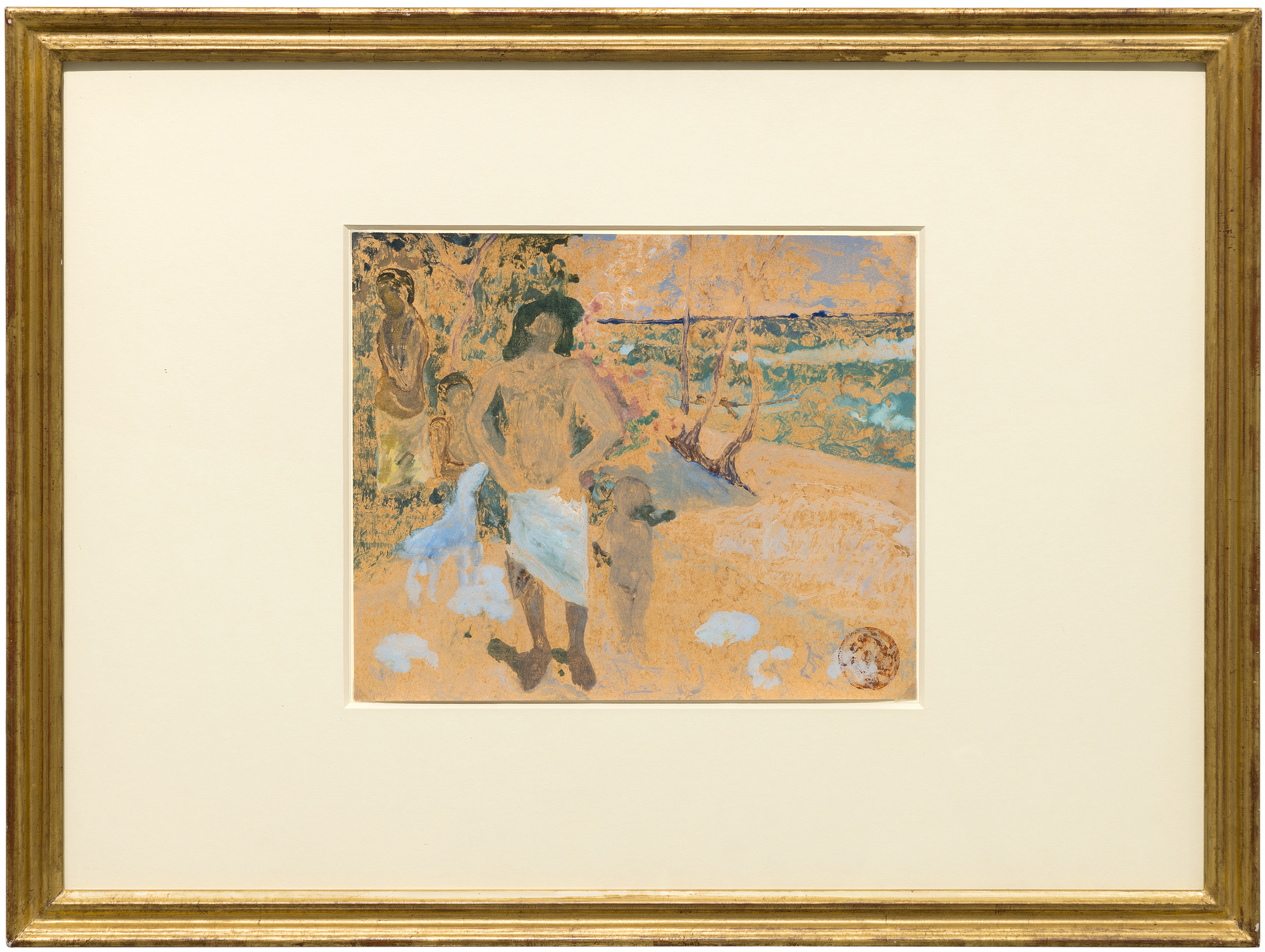
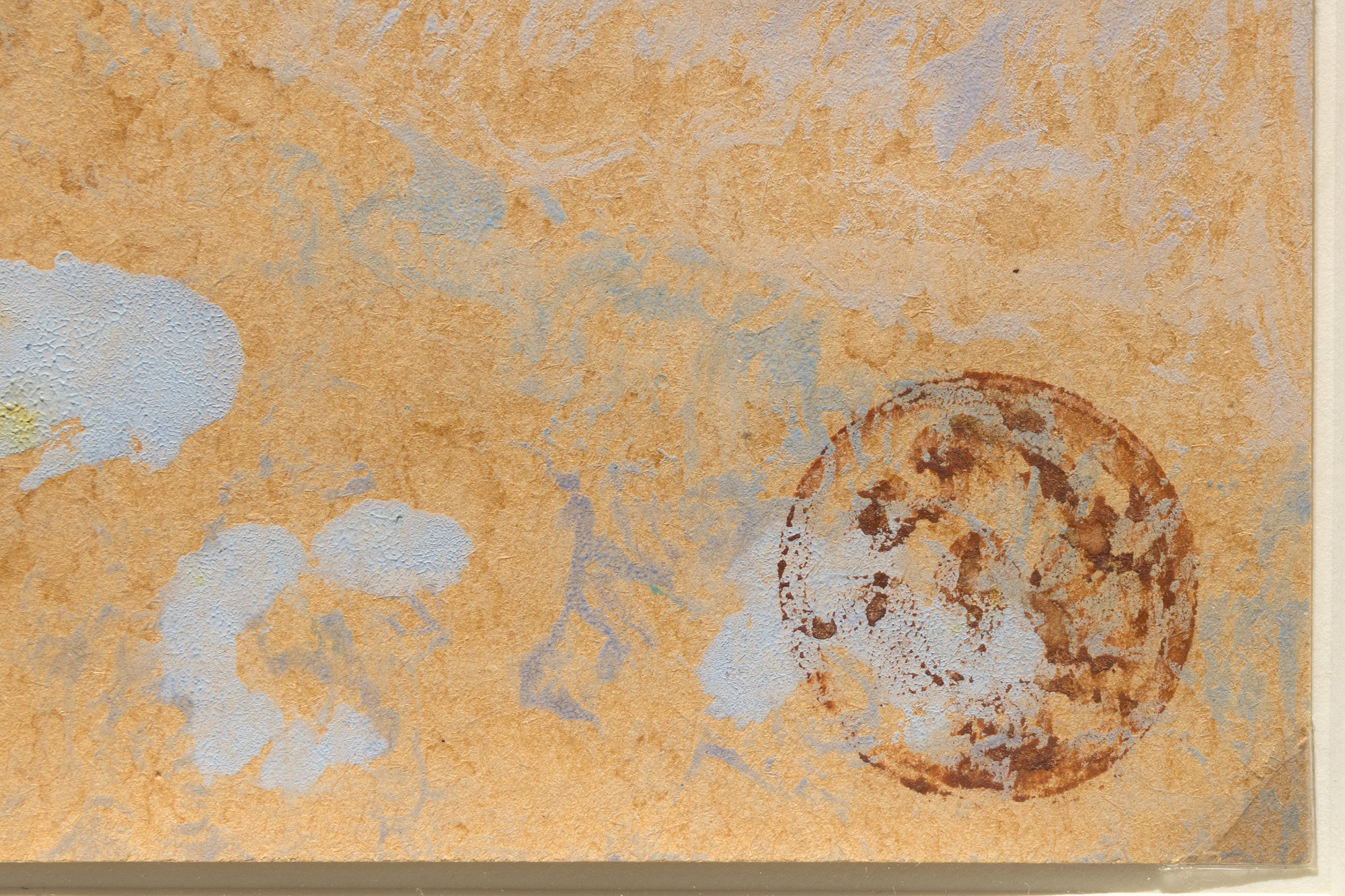
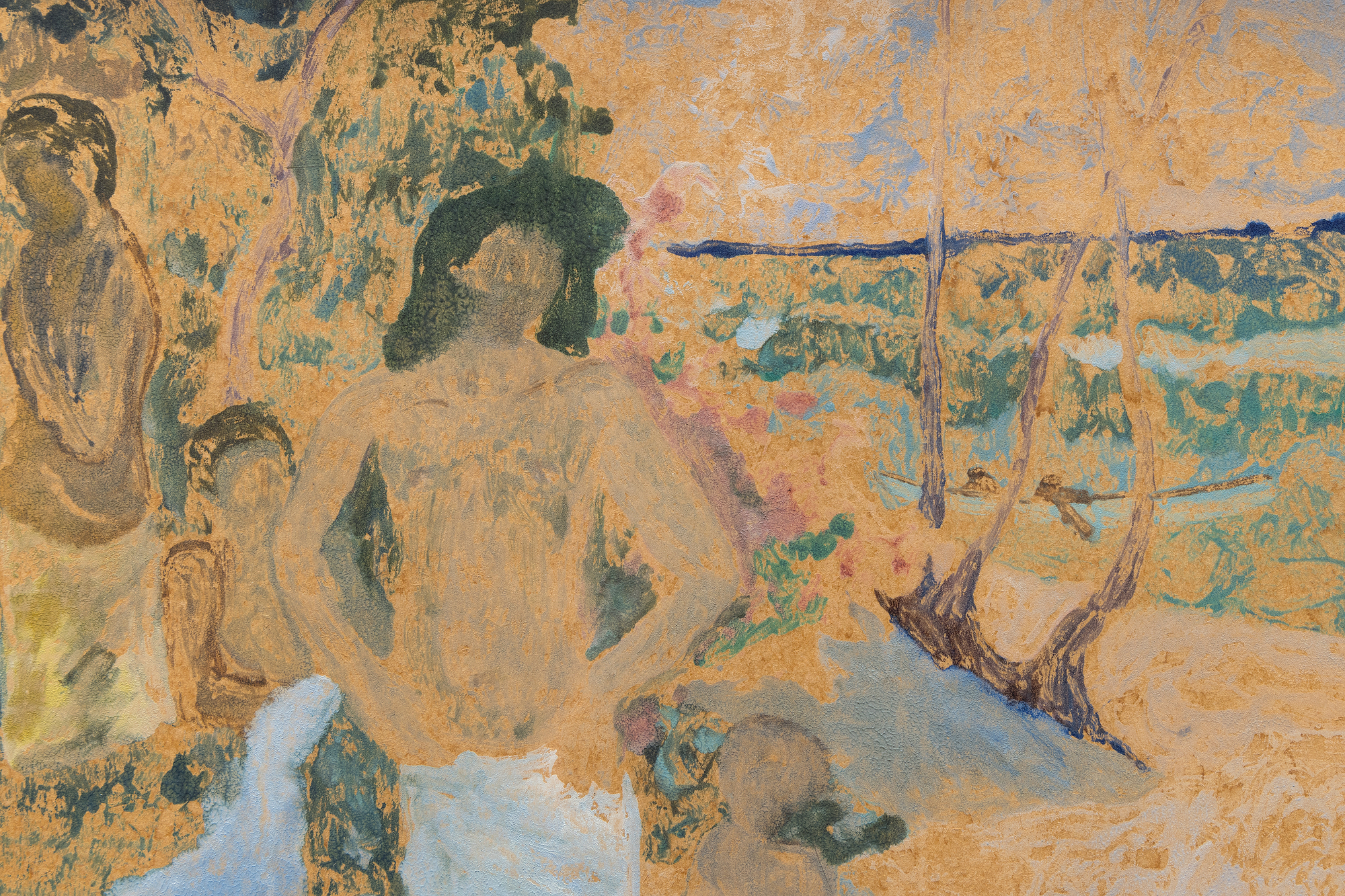
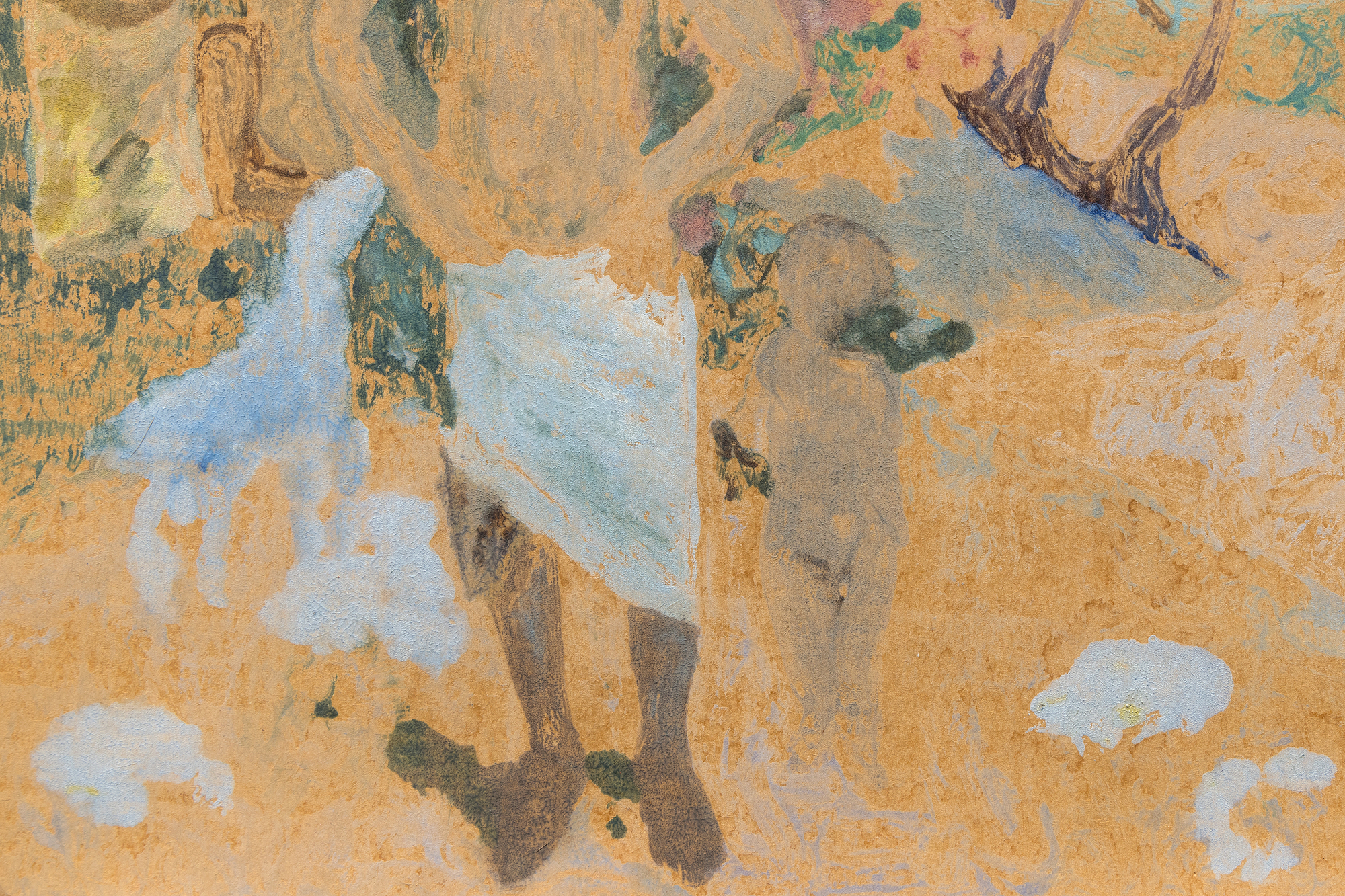
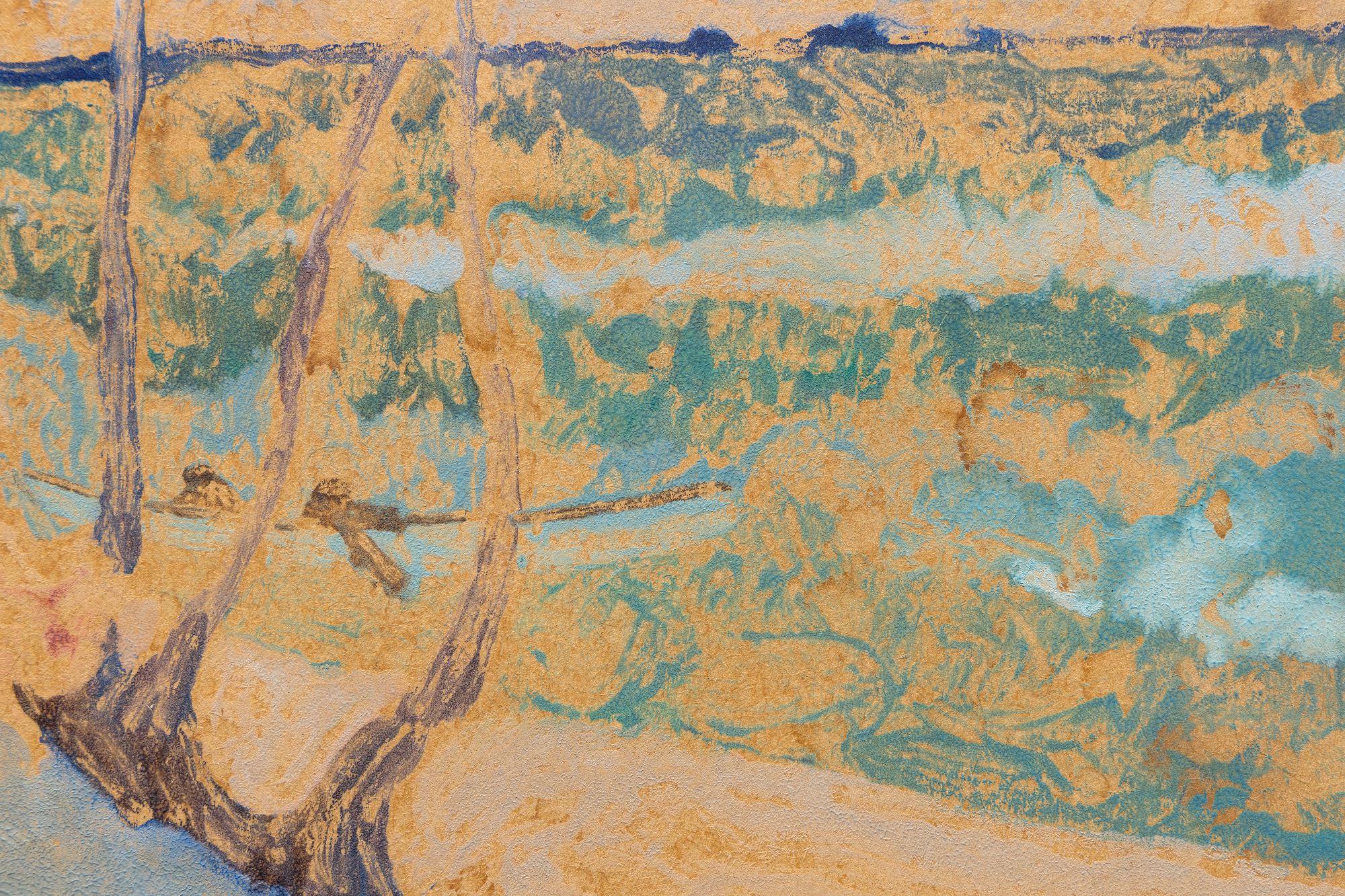
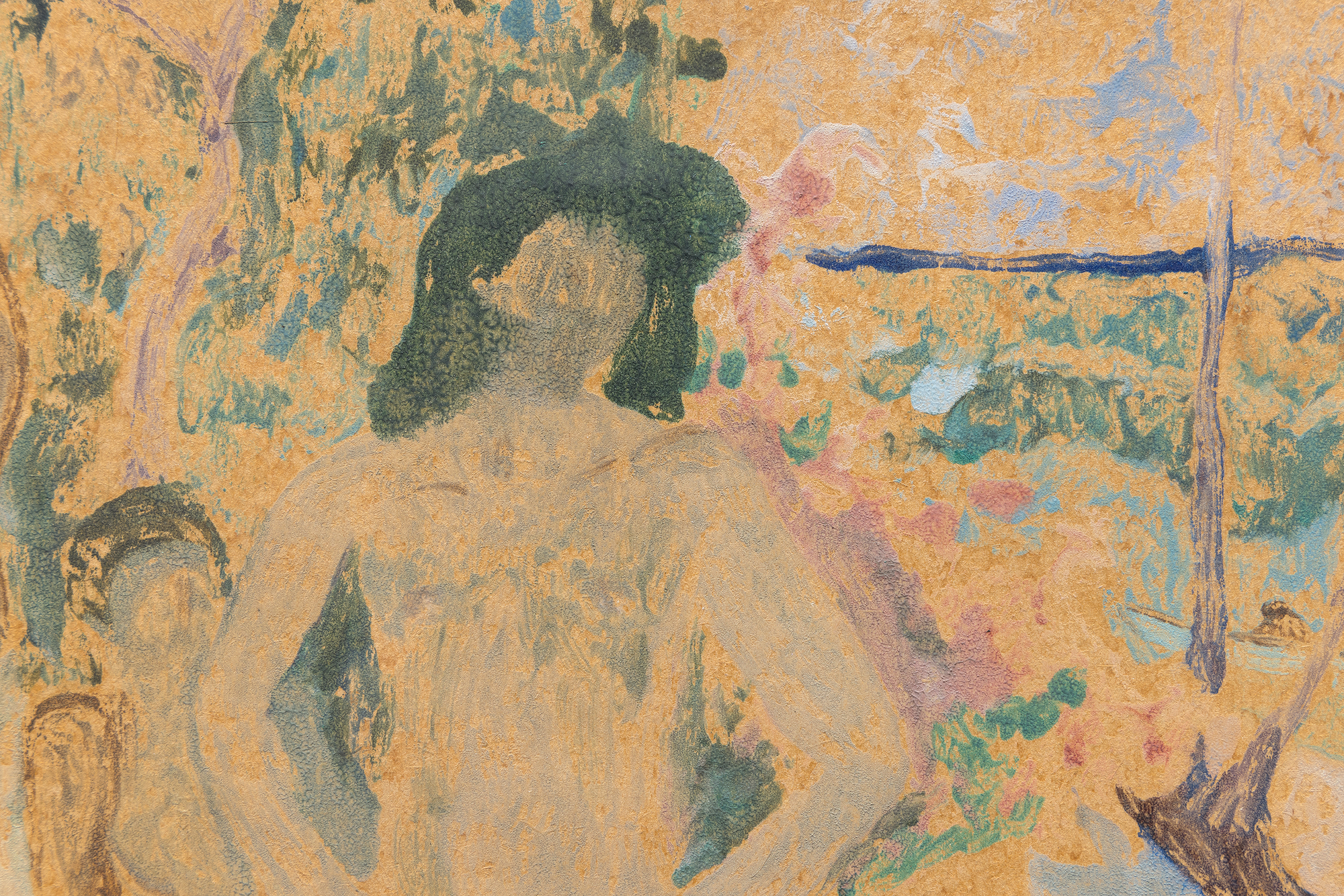
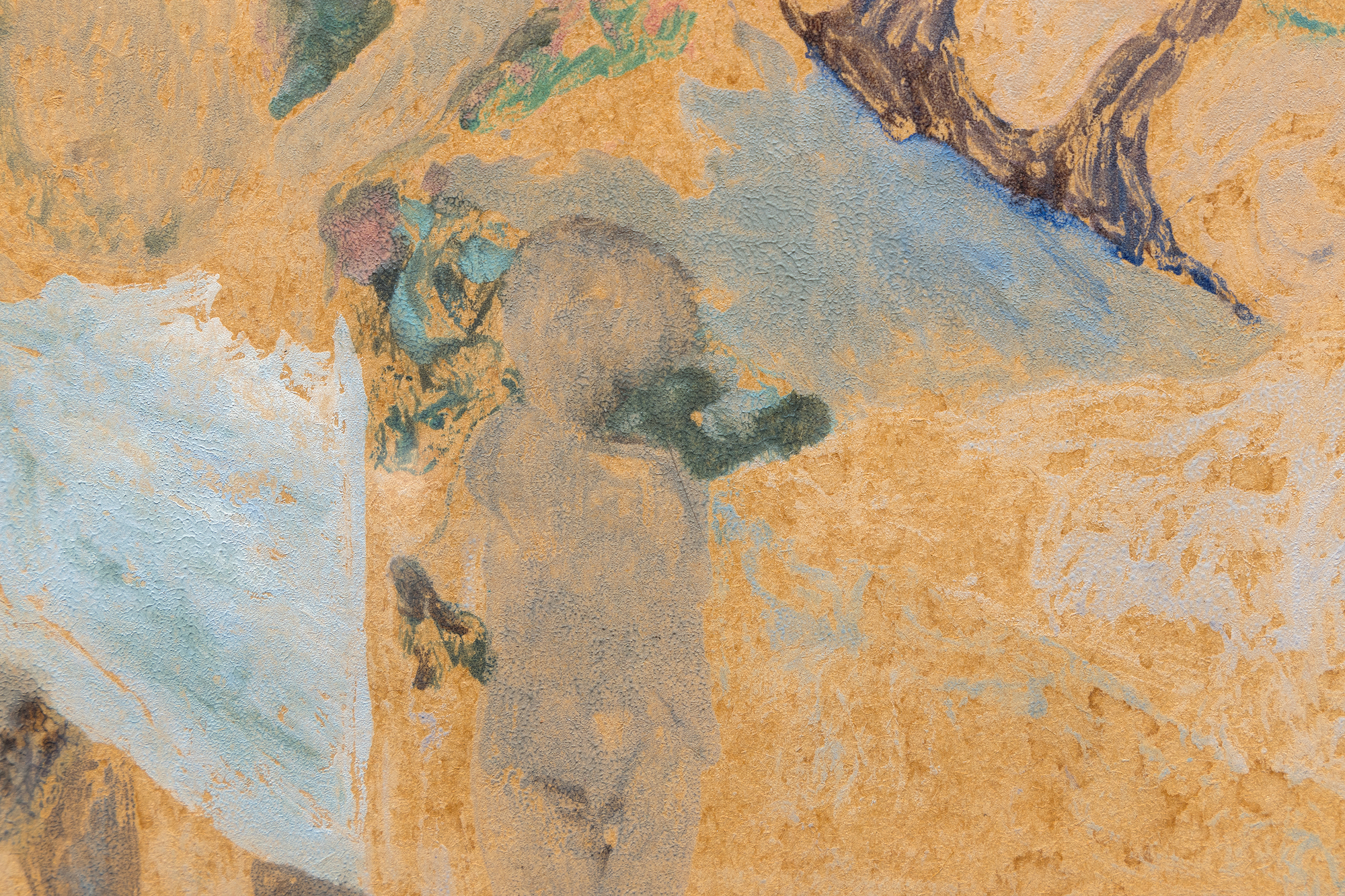
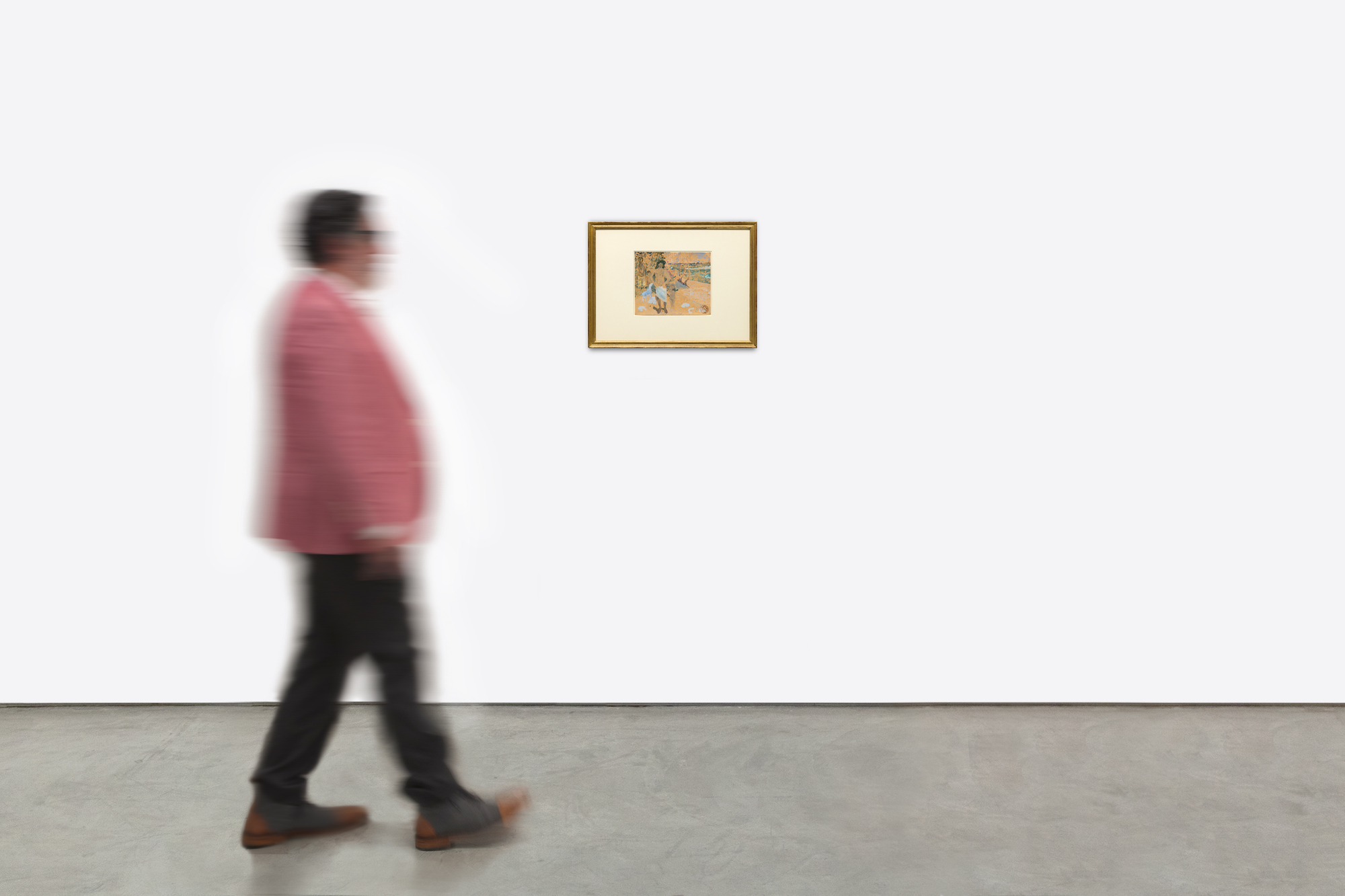
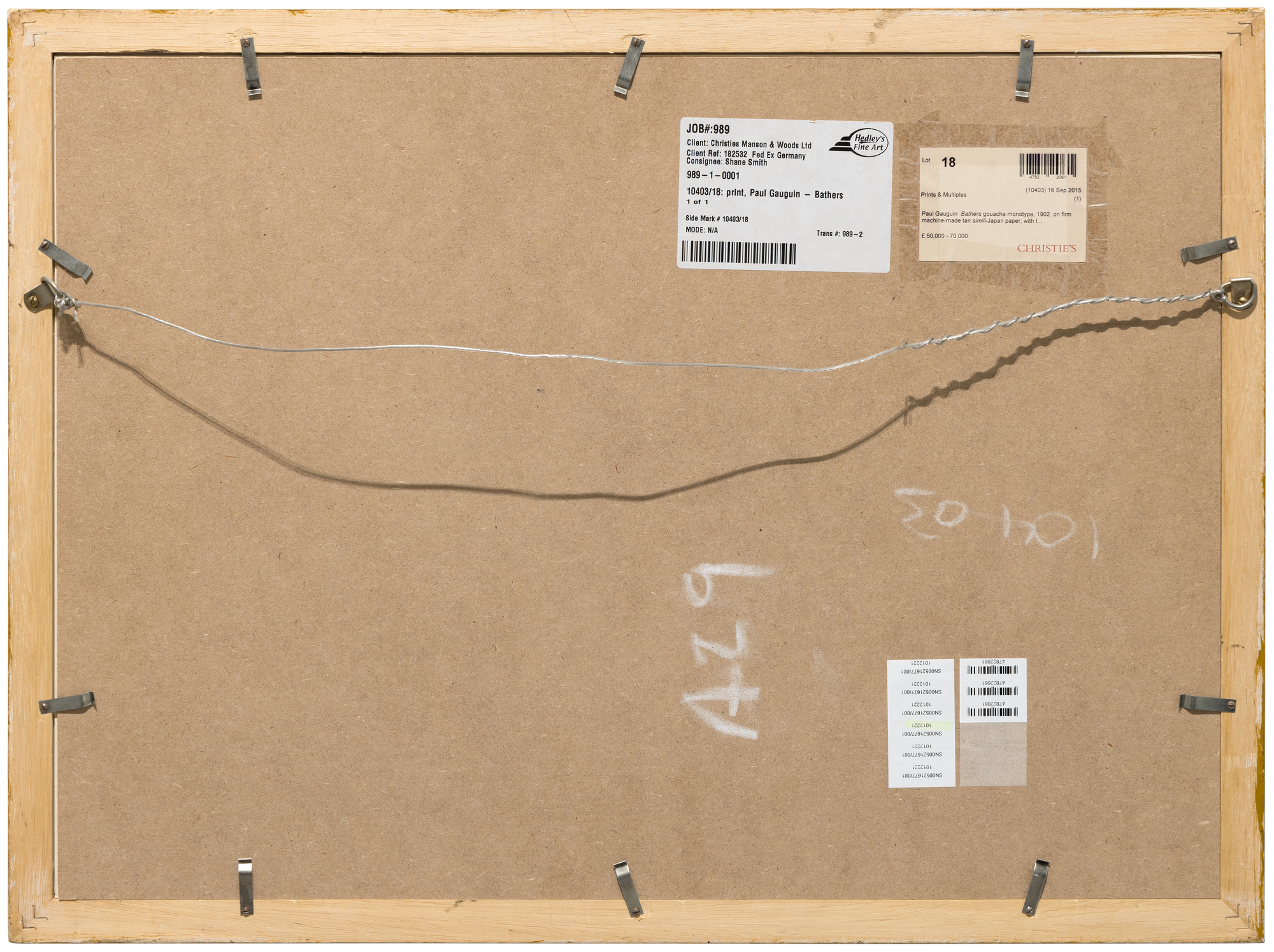
Procedencia
Colección privada, LondresChristie's Londres, 16 de septiembre de 2015, lote 18.
Colección privada, adquirida de arriba
Literatura
Richard S. Field, Paul Gauguin: Monotypes, Philadelphia Museum of Art, Filadelfia, 1973 (no registrado; véase el nº 99 para una obra relacionada)Richard Brettell, The Art of Paul Gauguin, National Gallery of Art, Washington/ Art Institute of Chicago, 1988, pp. 480-487 (no incluido; véanse los nº 272 y 273 para obras relacionadas)
Ruth Pielkovo (trad.), Las cartas de Paul Gauguin a Georges Daniel de Monfreid, Nueva York, 1922, p. ...Más....161
...MENOS....
150,000
"Bañistas" pertenece a la serie de 1899-1903 de "monotipos calcados" de Gauguin, una técnica en la que el artista dibujaba o presionaba sobre el reverso de un papel colocado sobre una superficie entintada o pintada, dando como resultado una única impresión invertida. Este proceso introducía texturas sutiles y una sensación de inmediatez, al tiempo que permitía a Gauguin explorar la interacción de formas positivas y negativas. A finales de 1902, el artista había empezado a alinear los dibujos de los versos de estos monotipos con la dirección de sus pinturas, lo que dio lugar a una inversión deliberada de los temas. La orientación invertida de este monotipo, por ejemplo, está asociada al cuadro "Famille tahitienne" (W.618, colección Stephen A. Cohen, también conocido como "A Walk by the Sea"), y ejemplifica esta práctica, planteando preguntas intrigantes sobre la secuencia de creación.
La orientación invertida ofrece un argumento convincente para entender el monotipo como un experimento concurrente más que como un estudio preparatorio. En lugar de servir como un plano preliminar, el monotipo sirvió como una herramienta dinámica para la experimentación, permitiendo a Gauguin analizar y volver a probar las ideas de composición, las armonías de color y las relaciones espaciales en tiempo real. El acto de transferir la imagen introducía un elemento de imprevisibilidad: las texturas se suavizaban, los colores se volvían más fluidos y las formas lineales adquirían cualidades pictóricas. Esta espontaneidad permitió a Gauguin salir de las limitaciones de la pintura al óleo, ofreciéndole nuevas perspectivas sobre cómo podían evolucionar los elementos de la composición. A través de este proceso iterativo, el monotipo habría servido de base para los ajustes de "Famille tahitienne", enriqueciendo la vivacidad, la profundidad y el equilibrio compositivo del cuadro. La interacción entre los dos medios subraya el enfoque innovador de Gauguin, que trataba el monotipo no como un ejercicio secundario sino como parte integrante de su visión artística.
Aunque el monotipo carece del pulido refinamiento de la pintura, su cruda inmediatez y su sensibilidad formal revelan la fascinación de Gauguin por la experimentación y la espontaneidad. Lejos de ser un estudio preparatorio, "Bañistas" probablemente permitió a Gauguin deconstruir y reimaginar "Famille tahitienne" mientras trabajaba. Esta interacción creativa subraya la búsqueda artística más amplia de Gauguin durante sus últimos años: destilar la esencia de la vida y la naturaleza en formas que combinen la inmediatez con la resonancia intemporal.


